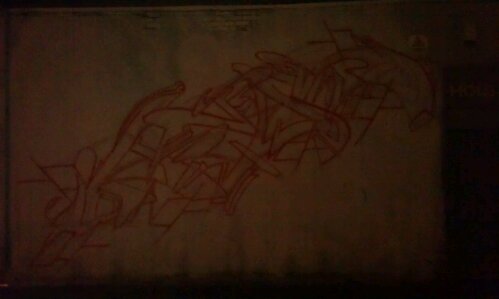
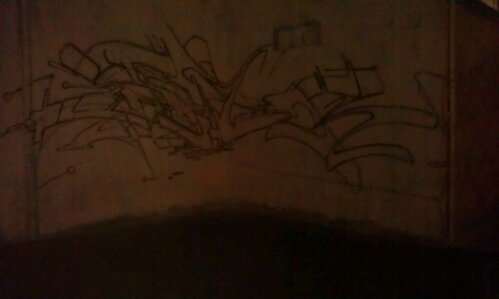
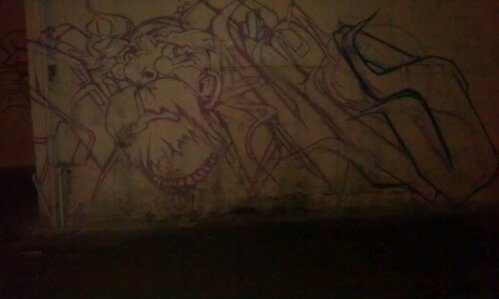
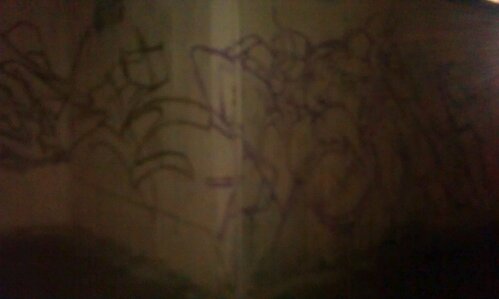
This is there on Monday evening. Doesn’t look like Phlegm I think. Could he have been taking the piss out of my middle class sensibilities?




This is there on Monday evening. Doesn’t look like Phlegm I think. Could he have been taking the piss out of my middle class sensibilities?
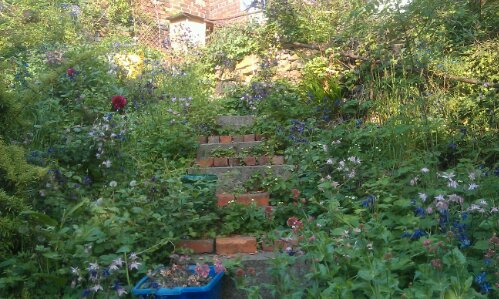
dense moorish monkish
bothering around the path
month of may believe
We’ve been listening, again and again and again to songs by Jessie J. Following us from place to place, various children singing along at full volume or less or more depending on whether that track was the one they wanted or no.
This evening CR asked what a casualty of love was (title of a song from the album)?
Do you know what a casualty is? I asked. EM did and explained that it was when someone was hurt, a special place in a hospital. Well I said ponderously… a casualty of love is when someone is in love but that love is not reciprocated perhaps and they are hurt thus becoming a casualty, feeling injured, experiencing the pain of rejection perhaps.
EM replied:
I think it is when a man and woman are in love and the woman is maybe going to be hit by a car and the man jumps in front of it to save her. I think that fits.
I hadn’t thought of that.
At the local swimming pool as I arrive in the car and pull up to let the girls out two boys knock on the door. They follow the car and when I get out expressionless they ask for fifty pence to go swimming.
The Roma have been moving to this area for a few years now. They are highly visible, they move in large groups and there are various somethings that distinguish them from other groups here.
One thing is that the children will, at times, directly ask for money. There is no ‘side’ to this, the request can be at times insistent but no more. Like today it is almost expressionless.
Some children have come down our road either going through the bins with an adult or at other times tasking things left in the front gardens, kids bikes were taken from our house. We got then back though because people on the street had noticed them, they are visible and a sense of predictability comes with then too. They are, it is assumed, going to take things.
It is as if there were a group of people living amongst us who are coming out from the forest. Today it felt like we were the pastoralists and they hunter gatherers.
However to the hunter gatherers aren’t they ‘other’ too? Are they every ones other? A shared category, one that aides integration by being so much the ‘other’?
I took my daughter to school this morning and the class were cutting out a pirate hat. The teacher had used a shape that included an eye patch (the image shows a similar but more complex model). As the children were cutting, colouring and attaching the strip around the back to hold it onto their heads I noticed one boy had cut off the eye patch. Why? I asked him assuming he just wanted the hat for some reason without the bit sticking out. The answer:
If you have an eye patch it means you have got the devil in you. Our bible tells us this.
One by one all the children in the class who follow the teachings of that particular bible cut their eye patches off.
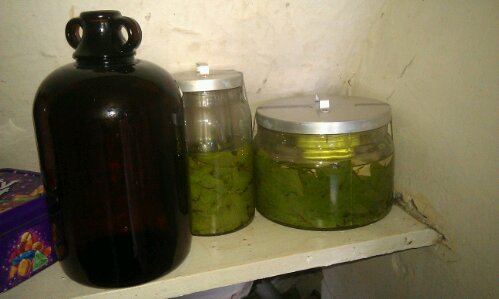
Two carrier bags of young beech leaves steeping in three liters of gin.

Four lemon drizzle cakes for the allotment annual plant sale, well two for home and two for the sale.
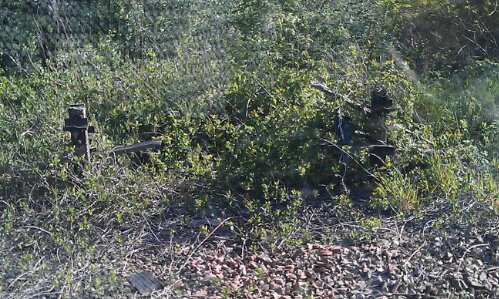
Along the edge of the rail line run these posts that look like they once carried wires. I’m sure I can recall them with multiple strands. Were they telegraph wires?